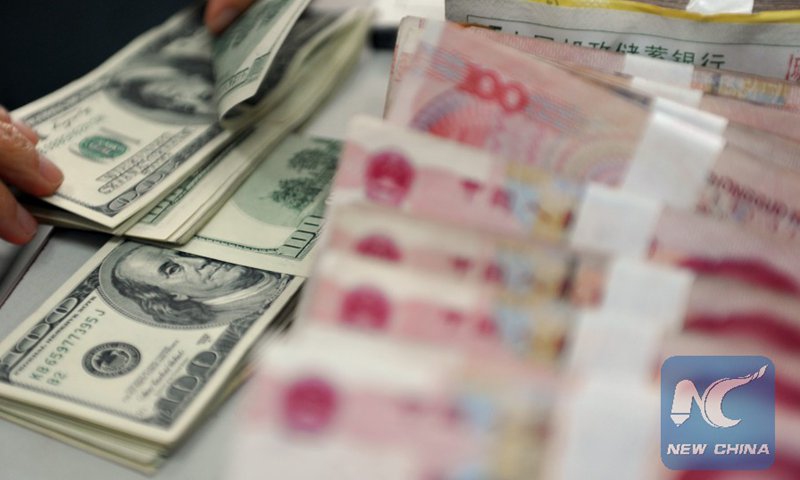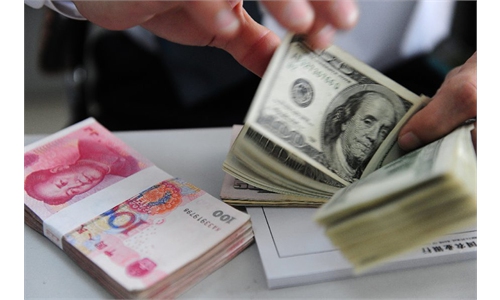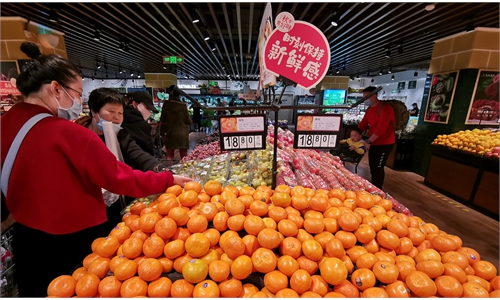
Photo: Xinhua
US Federal Reserve Chairman Jerome Powell said on Wednesday he would support a quarter-percentage point rate increase at the central bank's March policy meeting to tame runaway inflation in the country. Meanwhile, on the other side of the Pacific, China's central bank is widely expected to maintain a steady monetary policy with flexible easing if necessary.
The divergence in China's monetary policy from that of the US underscores the different trend of economic development in the world's two largest economies.
Soaring inflation was one of the highlights in US President Joe Biden's first State of the Union speech, underscoring the seriousness of the inflation problem in the country. The US consumer price index for January rose 7.5 percent compared with a year ago, marking the fastest pace in 40 years and the ninth straight month of inflation above 5 percent.
After the release of the record CPI data, major financial indicators such as US stocks, the Dollar Index, and US Treasuries experienced volatility due to market concerns over the US' economic prospects under heightened inflation pressure. In this context, the Fed's exit from the easing monetary policy is inevitable, while the US economy faces uncertainties, including the fallout of the Ukraine situation.
Generally speaking, once the Fed makes the monetary policy shift by raising interest rates, other economies will feel the spillover effect more or less as liquidity will flow back to the US. In order to offset the capital outflow trend, many countries will have to follow the US to increase their interest rates, too.
But there are exceptions, such as China. Despite the impact of the COVID-19 pandemic, China has adhered to prudent monetary policy instead of the rolling out "unprecedented" massive stimulus packages like the US. Such policy approach has kept prices stable in China, with its annual CPI increase averaged at 2.1 percent since 2018.
Certainly, a relatively stable inflation doesn't mean that the Chinese economy is not facing any pressure. If anything, it should be noted that the Chinese economy is at a critical stage of economic transformation while also facing considerable downward pressure; therefore, stabilizing economic growth has become the most important task for the country at the moment.
The challenges facing China in stabilizing growth this year is even more daunting than in previous years. The liquidity tightening in the international market environment as well as the deleveraging of housing sector and the impact of pandemic all indicate more requirements for monetary policy adjustment. While there is still a need for adequate easing of the steady monetary policy to improve the overall monetary environment as the foundation for stable growth, it is also important to optimize structure to avoid liquidity "flooding," which may lead to financial risks in the market.
The combination of the complicated situation requires high level of flexibility in monetary policy to avoid volatility so as to maintain stable and positive expectation for the overall economy.
As long as China handles its own matters well, external shocks won't pose a big problem and the Chinese economy will have the ability and condition to adapt to any changes in global financial markets. Even the interest rate differential with the US market won't necessarily cause massive foreign capital outflow if China's economic fundamentals are steady enough to support a safe-haven place in such a volatile world.



